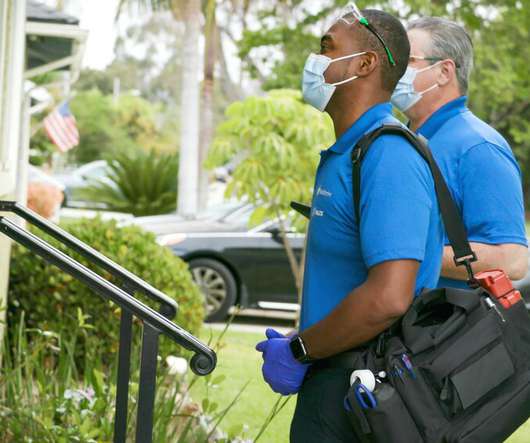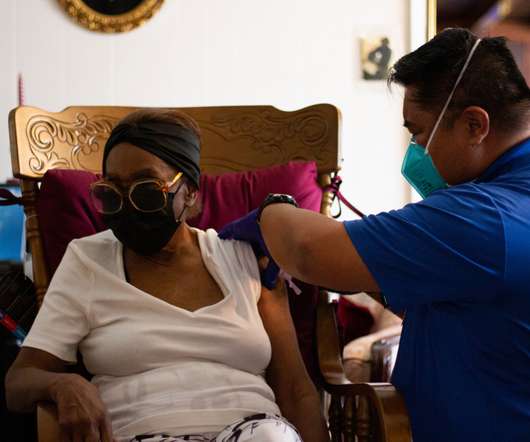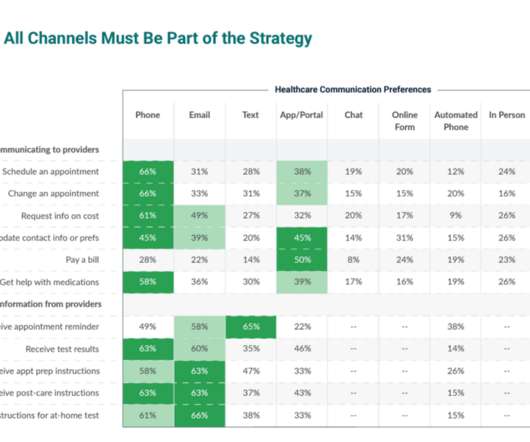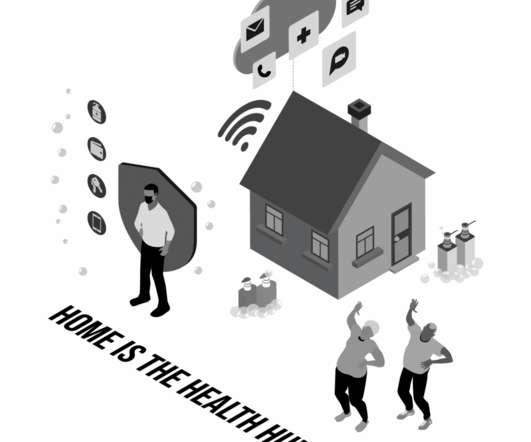Home Care Startup MedArrive Raises $25M for Affordable At-Home Care
HIT Consultant
NOVEMBER 17, 2021
What You Should Know: – Home care startup MedArrive raises $25M in Series A funding led by Section 32 to accelerate platform buildout, network expansion to bring affordable at-home care to vulnerable populations across the country. In-Person, At Home, On-Demand. With 40% of U.S.














Let's personalize your content